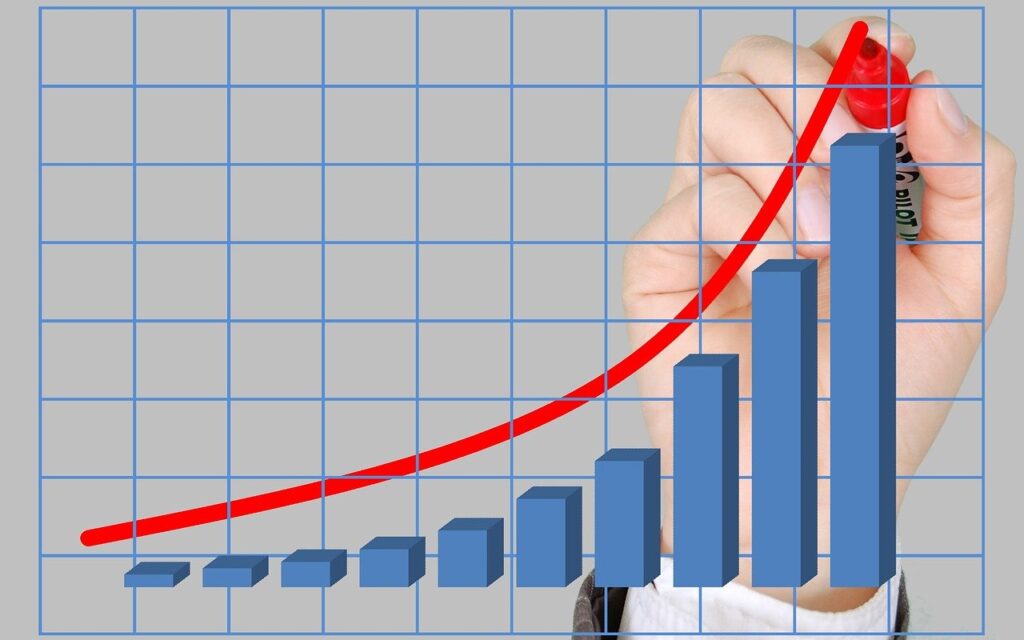Austria already cracked the nine-million mark in population in mid-March. “The population has grown faster than expected due to refugee migration from Ukraine,” Statistics Austria Director-General Tobias Thomas said Tuesday. “In the first quarter of 2022, the population has increased by around 48,000 people, just over 40,000 Ukrainian nationals.”
On April 1, 2022, preliminary results from Statistics Austria indicate that 9,027,999 people lived in Austria, 48,105 (up 0.54 percent) more than at the beginning of the year (8,979,894). According to an evaluation of the registration date of primary residences, the nine-million mark was probably already reached on March 17. This means that the population increased slightly more in the first three months of this year than in 2021 (plus 47,230 people or 0.53 percent).
According to the preliminary results, 52,803 people with Ukrainian citizenship were living in Austria on April 1, 2022. Compared with January 1, 2022 (12,668 persons), this represents an increase of 40,135 persons. Ukrainian nationals thus accounted for around 83 percent of the total population growth in the first quarter.
Of the 52,803 Ukrainian nationals, 37 percent (19,520 persons) were children and youth under 20 years of age. Thirty-three thousand two hundred eighty-three persons were 20 years of age or older, including 26,476 women and 6,807 men, resulting in a female share of 80 percent in this age group. If children and adolescents are also considered, 69 percent of all Ukrainian nationals were female.
About the population of the provinces, the share of Ukrainian nationals was highest in Vienna (1.09 percent). In Lower Austria (0.62 percent) and Burgenland (0.59 percent), the percentage of Ukrainians was also slightly above the federal average (0.58 percent). Their shares were significantly lower in Upper Austria (0.44 percent), Styria (0.38 percent), Carinthia (0.37 percent), Vorarlberg (0.34 percent), and Tyrol and Salzburg (0.32 percent each).
At plus 1.01 percent, Vienna recorded the most significant percentage increase in population. In Lower Austria and Burgenland, growth was in line with the national average at 0.54 percent each. Growth was somewhat lower in Upper Austria (plus 0.46 percent) and Vorarlberg (plus 0.40 percent). The increases in Styria (plus 0.31 percent), Tyrol and Carinthia (plus 0.29 percent each), and Salzburg (plus 0.28 percent) were significantly below the Austrian average.
- source: vienna.at/picture: Bild von Gerd Altmann auf Pixabay
This post has already been read 1189 times!



